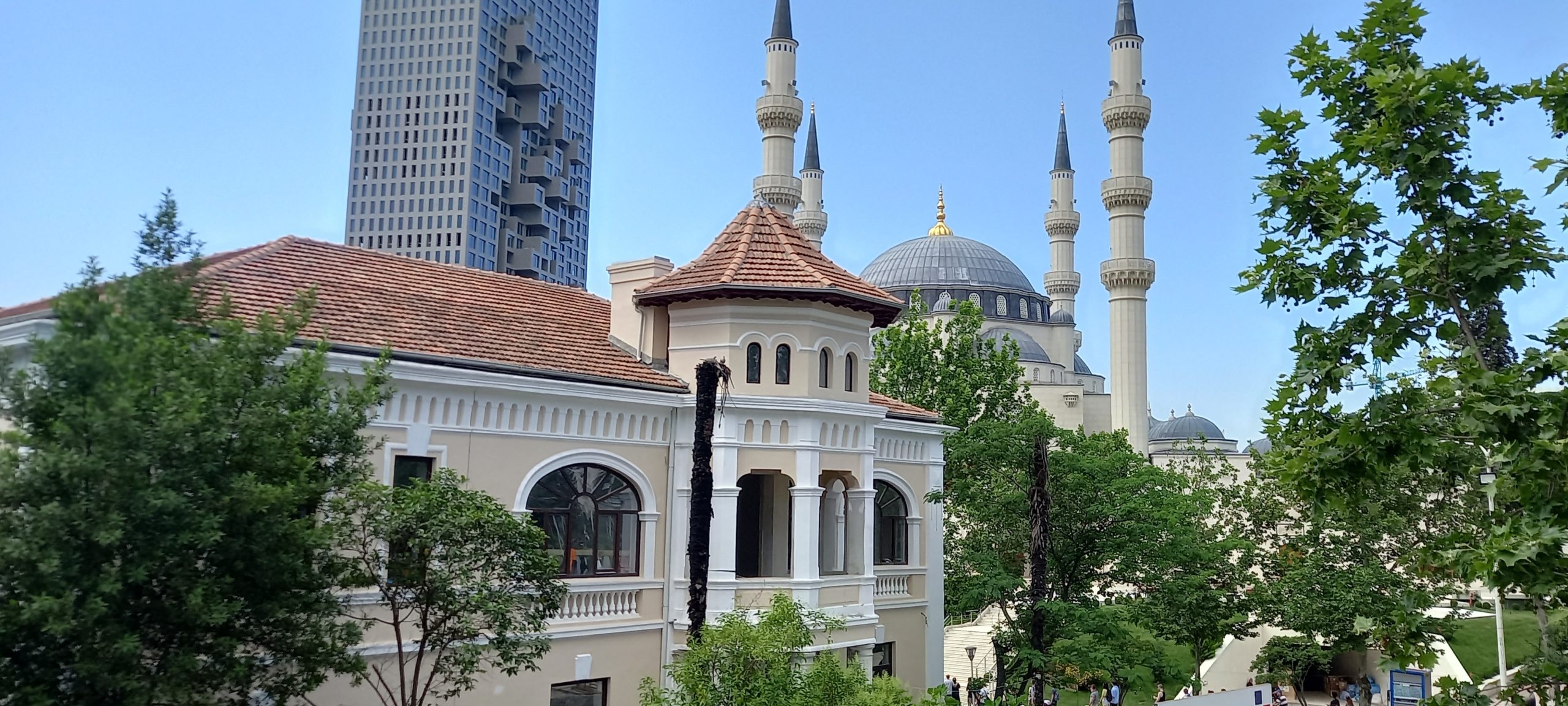Building of the Institute for Formerly Politically Persecuted

The “Building of the Formerly Politically Persecuted” in Tirana was constructed in the 1930s to serve as the Embassy of Italy to Albania. During the 1940s, the building underwent expansion to accommodate the Headquarters of the War Veterans and several international friendship associations. The façade proportions and decorations reveal the influence of historicism, drawing inspiration from the elegance of classical architecture.
Recognizing its historical and architectural significance, in 2007 the building was designated as a second category monument of culture. It holds a prominent position on George W. Bush Street, situated right in front of the Albanian Parliament in a neighborhood abundant with old and new buildings, each representing a diverse array of styles and architectural trends that reflect the historical urban landscape of the Albanian capital.
The EU4Culture interventions were confined to the restoration of the historical façade and roof, and the restoration of the space used by the Institute for Integration of Formerly Politically Persecuted and the Institute for Research of Crimes and Consequences of Communism. After the finalized restoration by the EU4Culture program, the building has been handed over to the Ministry of Economy, Culture and Innovation.



